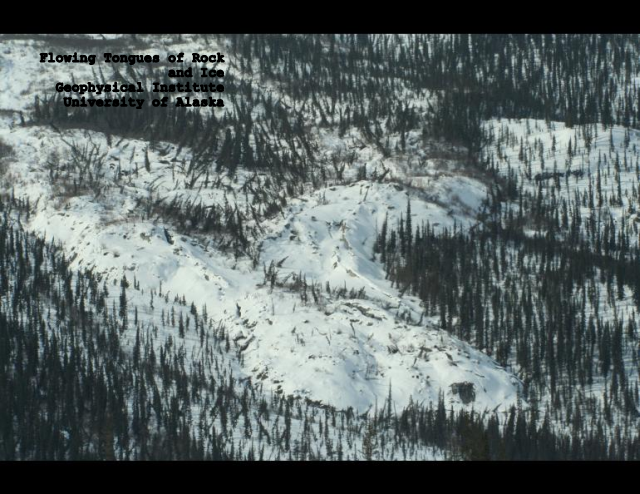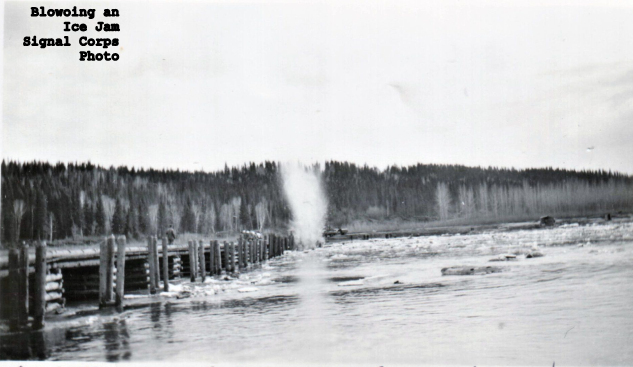
A thousand-mile arc, Alaska’s Aleutian Islands extend across the North Pacific; beginning in Alaska; ending perilously close to Japan. The thousand-mile chain offered Japan a military route to the North American Continent and concerned American leaders knew they couldn’t defend against that route; couldn’t get enough men, machines and material from the Lower 48 to Alaska without creating a land route through subarctic Northern Canada.
After Pearl Harbor, concern and fear turned to panic and led directly to the Epic project that created the mighty Alaska Highway.
In early 1942, the Japanese had the initiative and all the options. They marauded across the Pacific in an orgy of brutal military success. In May they targeted the US held Island of Midway—and the Aleutians.
The Japanese plan had lots of moving parts. Two battle groups headed north to the Aleutians. Two carriers would assault the American naval base at Dutch Harbor. A second group carried troops who would invade and occupy American territory—the islands of Kiska and Attu.
In early June, even as a decisive naval battle unfolded at Midway, the planes of the Japanese carrier Ryujo came twisting and turning out of the clouds to rain bombs on Dutch Harbor. The next day, June 4, a combined force from both carriers assaulted Dutch Harbor again.

At Midway, events—and the history of WW2—took a massive turn. Luck, as much as skill, led the United States Navy to a decisive victory. The Japanese lost the initiative and would never regain it. And the threat to the Aleutians effectively disappeared. Japan would play defense for the rest of the war.
But no one knew that right away; especially no one in the Aleutians knew that. On June 9 American commanders learned that the Japanese occupied and held American territory at Kiska and Attu. The threat to the Aleutians seemed terribly real.

It would be May of 1943 before the forces of the United States reclaimed Attu—a horrific battle that killed many Americans and virtually all of the Japanese defenders. In August a combined force of American and Canadian soldiers landed on Kiska; found it abandoned.
History.com on the War in the Aleutians

























